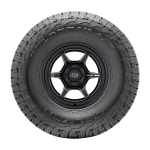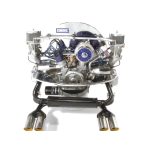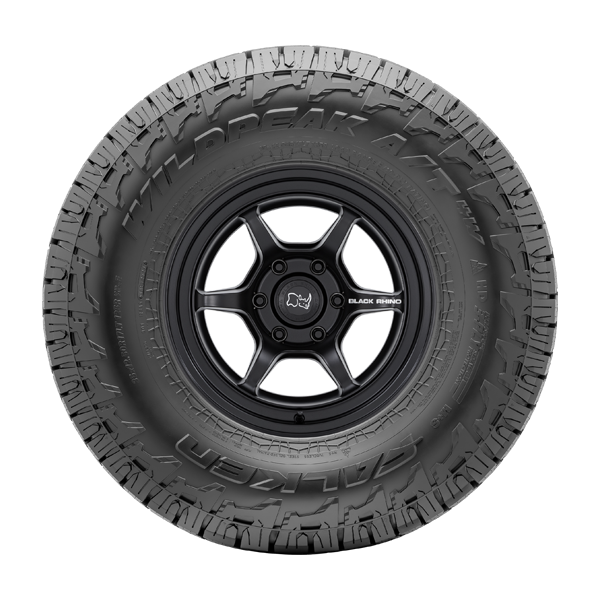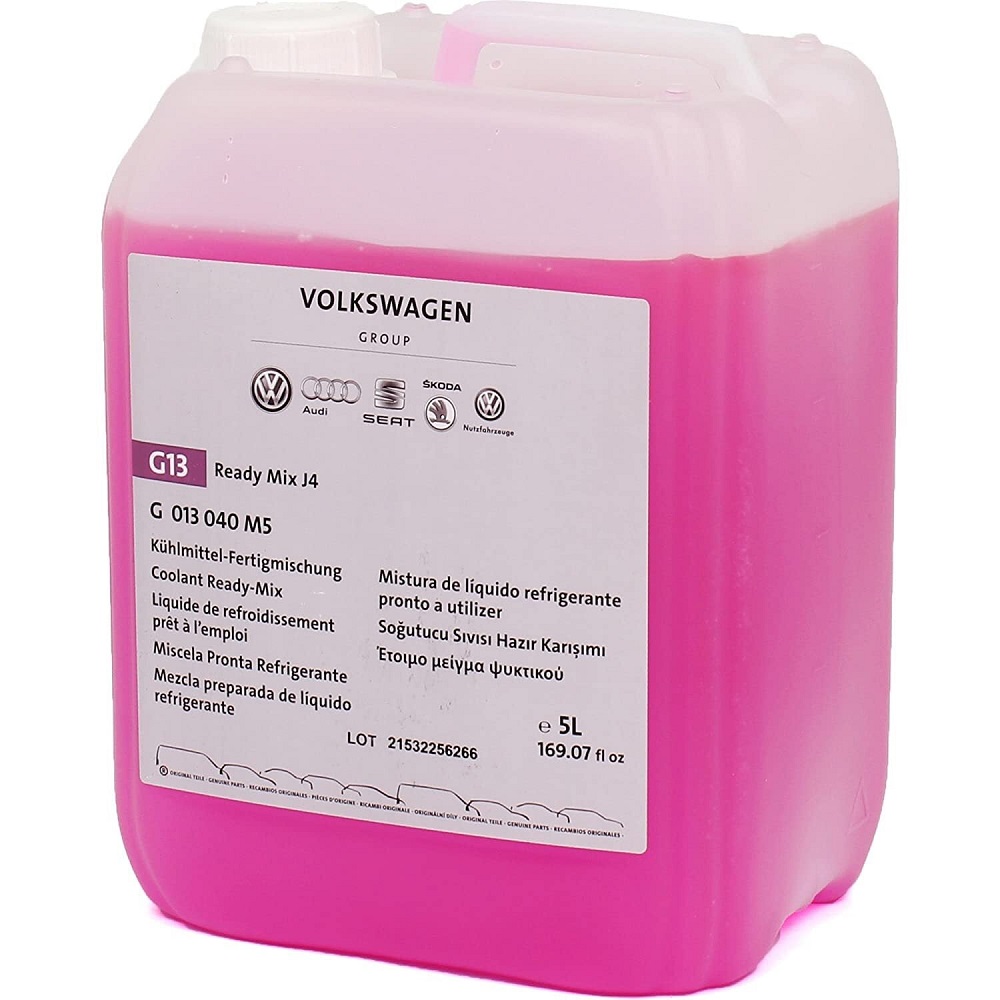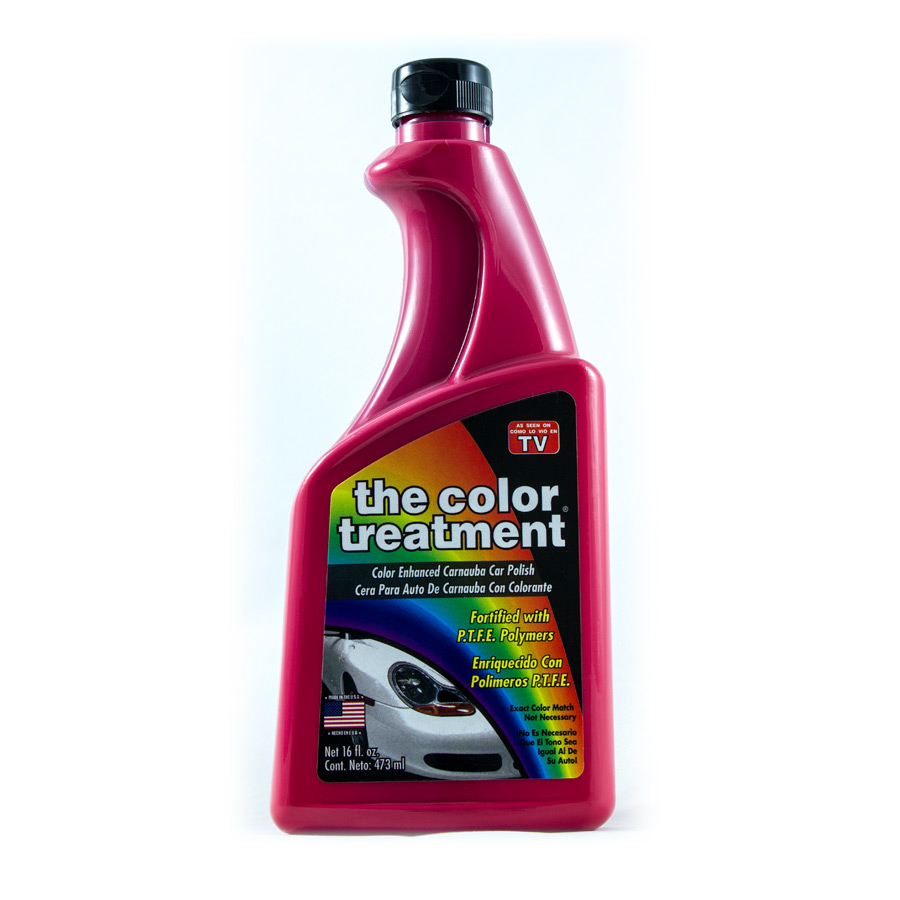Keeping your vehicle in top condition is essential for safe driving, and one of the most crucial components of your car‘s braking system is the brake pads. These small yet significant parts ensure that your vehicle slows down and stops when you need it to. Over time, brake pads wear out and lose their effectiveness. Knowing when to replace them can prevent costly repairs and, most importantly, keep you safe on the road. This article covers the signs that indicate it’s time to replace your brake pads and what you need to know to maintain optimal braking performance.
Understanding Brake Pads
What Are Brake Pads?
Brake pads play a vital role in your vehicle’s braking system. When you press the brake pedal, fluid circulates through the braking system, causing the calipers to squeeze the brake pads against the rotors. This action generates friction, slowing down or stopping the vehicle. Brake pads are made from various materials, including organic compounds, semi-metallic materials, and ceramic composites. Each type offers different performance characteristics, impacting longevity and braking power.
It’s essential to understand that brake pads wear down over time due to friction and heat generated during braking. Regular maintenance and inspections can help you identify when your brake pads are getting thin and need replacement, ensuring that you maintain safety and performance.
The Importance of Brake Pads
The importance of functioning brake pads cannot be overstated. Worn brake pads can compromise your car’s ability to stop, potentially leading to accidents or collisions. Replacing your brake pads at the appropriate intervals not only ensures safety but also extends the life of your braking system and helps maintain the vehicle’s overall performance. Ignoring worn pads will likely lead to more severe issues, such as damaged rotors, which can be costly to repair.
Understanding how brake pads function within the braking system emphasizes the need for regular inspections and timely replacements. Keeping an eye on this crucial component protects you, your passengers, and other road users.
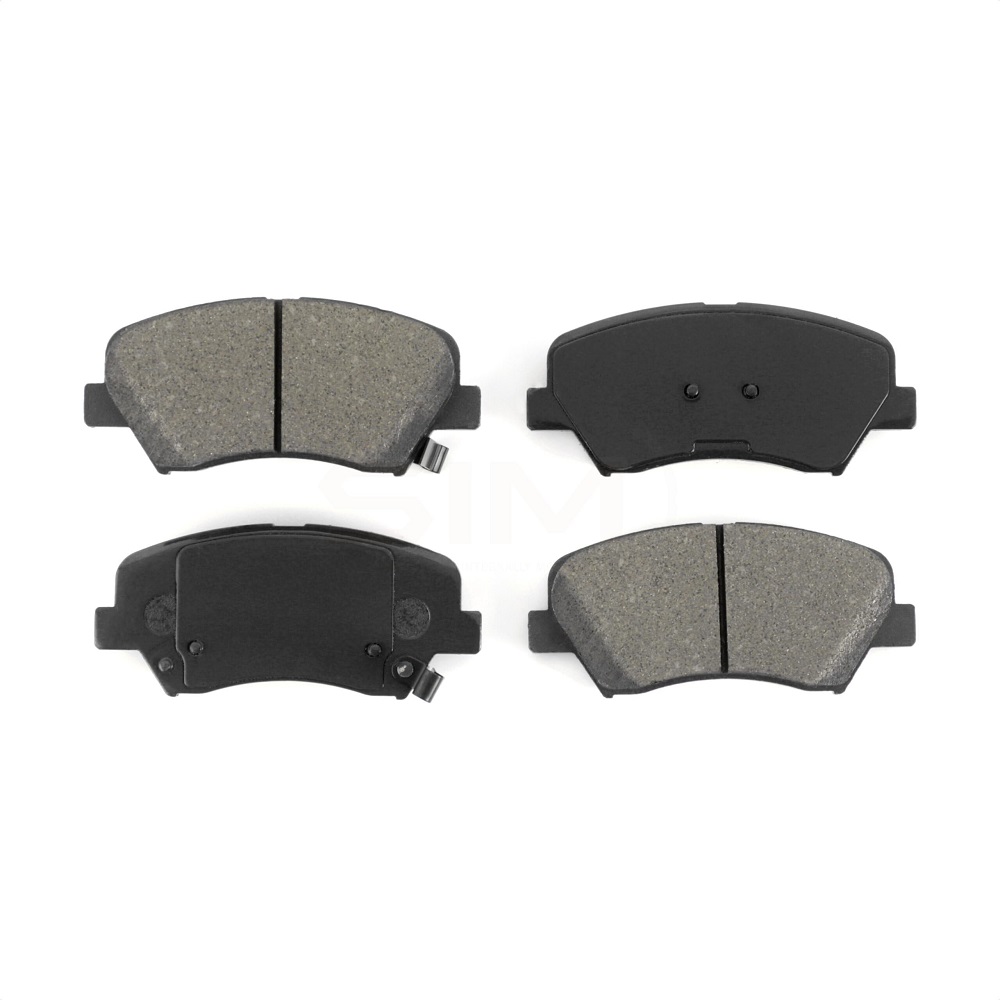
Listening to Your Brakes
Squeaking and Squealing Noises
One of the most common signs that your brake pads are worn out is the presence of high-pitched squeaking or squealing noises when you apply the brakes. Many brake pads are designed with built-in wear indicators that emit sound when the pads have reached a critical level of thickness. If you notice these sounds, it’s a clear signal that the pads are wearing thin and need immediate attention.
Ignoring the sound over time can lead to more significant issues. The squeaking often indicates that the pads are no longer making optimal contact with the rotors, leading to diminished braking performance. Addressing the issue promptly can save you from further damage and costly repairs down the line.
Grinding Noises
If you hear a grinding noise when braking, this is a much more serious warning sign. Grinding typically means that the brake pads have worn down so much that the metal backing plate is making direct contact with the rotor. This condition not only compromises braking performance but can also cause severe damage to the rotors.
If you experience grinding noises, it’s essential to have your brakes inspected immediately. Continuing to drive under these conditions can result in the need for rotor replacement, adding to your repair costs significantly.
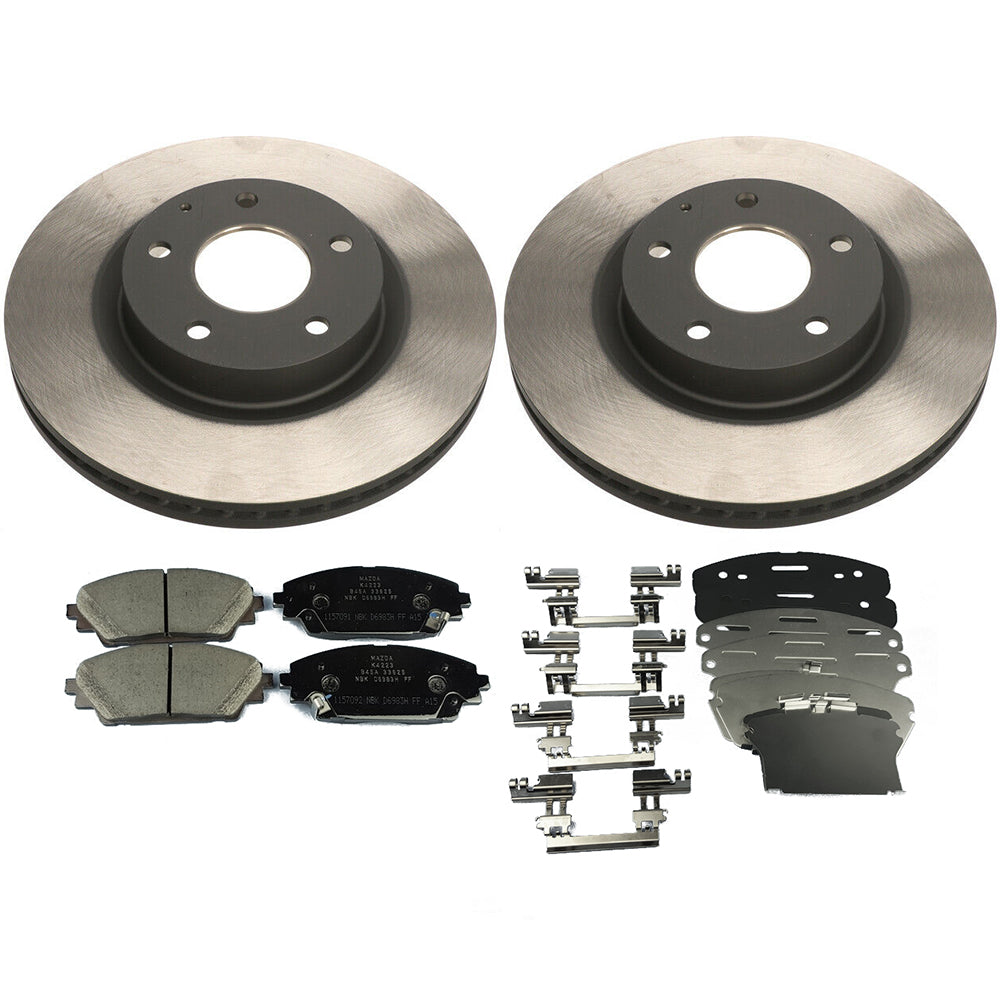
Observing Brake Performance
Reduced Stopping Power
Another critical indicator that your brake pads may need replacing is a noticeable decrease in stopping power. During regular braking, if you find that your vehicle takes longer to stop than it used to, it may be time to inspect the brake pads. This reduction in responsiveness can result from worn pads, which can lead to further complications if not addressed.
Poor brake performance can drastically affect your driving experience, particularly in emergency situations. If you need to push the brake pedal further down to achieve the same stopping power, don’t wait to get your brakes checked.
Pulling to One Side
If your vehicle tends to pull to one side when braking, this could signal an issue with your brake pads. Uneven wear on the pads can cause one side to grip differently than the other, leading to this pulling effect. This condition may also indicate other underlying issues within the braking system, such as caliper problems.
Ignoring this symptom can lead to uneven brake wear, increased stopping distances, and diminished control over your vehicle. Addressing this concern promptly can ensure that your brakes function evenly and maintain full control.
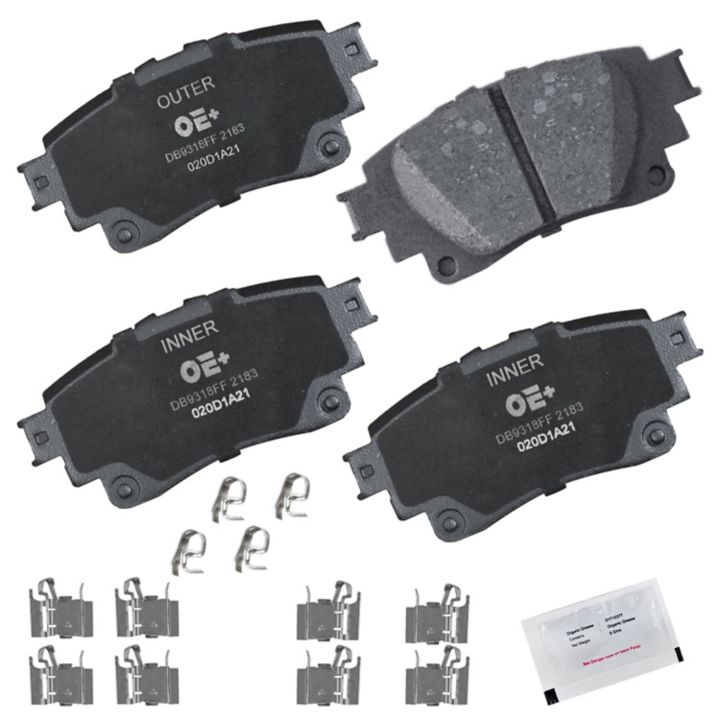
Checking Brake Pad Thickness
Visual Inspections
One of the best ways to monitor the condition of your brake pads is through visual inspection. Look through the wheel spokes, as many modern wheels provide adequate visibility to check your pads. You should see the brake pads pressed against the rotor. Ideally, the friction material should be at least 1/4 inch thick. If the pads appear significantly thinner than that, it’s time to consider replacement.
Creating a habit of routinely inspecting your brake pads can help you catch any issues before they worsen. Typically, it’s a good practice to check your pads during regular maintenance visits or tire rotations—this way, you can ensure they remain in good condition.
Professional Inspections
If you’re uncertain about your brake pads’ condition or want a thorough review, consider getting your brakes checked by a professional mechanic. A trained technician will assess the brake pads and other components of the braking system, providing insights into any necessary repairs.
Having a professional inspect your brakes can offer peace of mind, especially if you frequently drive in heavy traffic or make long trips. Regular check-ups can help extend the life of your braking system and ensure a safer driving experience.
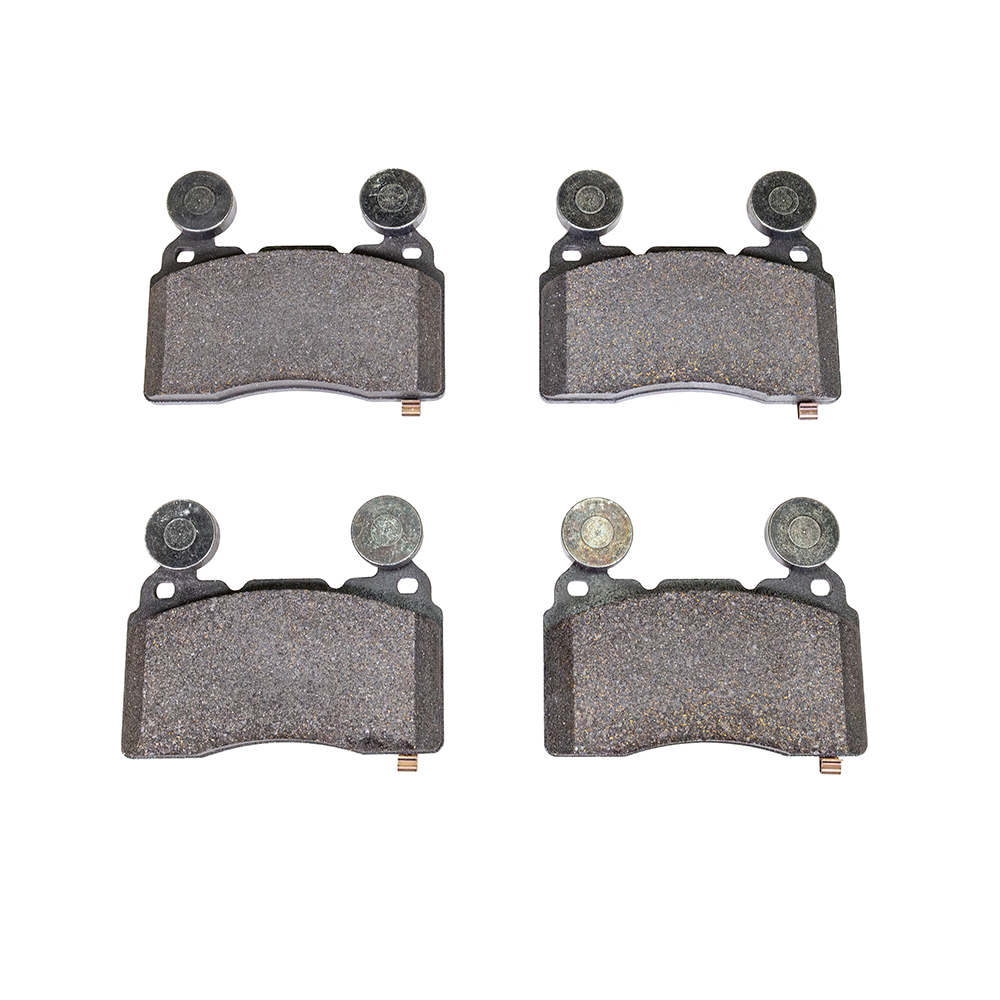
Understanding the Brake Warning Light
Dashboard Indicators
Modern vehicles often come equipped with various dashboard warning lights, including those specific to the braking system. If your brake warning light illuminates, it could signal that your brake pads are worn or that there is another issue within the braking system that requires immediate attention.
Don’t ignore this warning. Consult your owner’s manual for specific information about what this indicator may mean and take action as needed. Waiting too long to respond to braking system warnings can lead to more significant problems and impact your safety.
What to Do When the Light Activates
When the brake warning light turns on, the first step is to check the brake fluid level. Low fluid can indicate a leak or other issues needing immediate attention. If your fluid levels are normal but the light remains on, schedule a visit to your mechanic as soon as possible for a complete brake system diagnosis.
Understanding what the dashboard warning lights mean can help you maintain your brake system’s health and safety.
The Importance of Regular Maintenance
Scheduled Brake Inspections
Regular maintenance plays a vital role in ensuring the longevity of your brake pads and braking system. Many vehicle manufacturers recommend periodic brake inspections at specified intervals—usually every 10,000 to 15,000 miles. Following this schedule helps catch any wear before it becomes serious and allows for timely replacement of the brake pads.
During a brake inspection, a technician will typically check the condition of the pads and rotors, look for leaks, and examine the fluid levels in the braking system. Staying on top of these checks can significantly enhance your vehicle’s safety and performance.
Signs of Other Brake Issues
While monitoring your brake pad is essential, it’s equally important to keep an eye out for other potential problems within the braking system. Issues with brake fluid, brake lines, or calipers can also impact braking performance. Regular inspections allow mechanics to identify and address these issues before they escalate into costly repairs.
Establishing a consistent maintenance schedule not only protects your brake pads but supports the overall health of your vehicle.

Replacing Brake Pads: What to Expect
DIY vs. Professional Replacement
When it comes time to replace your brake pads, you have the option to do it yourself or visit a professional mechanic. If you’re handy and have experience with vehicle maintenance, you may choose to tackle the job yourself. Many DIY enthusiasts find that replacing brake pads is a manageable task with the right tools and a little guidance.
However, if you are unsure or don’t have the necessary tools, it’s best to leave this job to the professionals. A trained mechanic can replace your brake pad quickly and efficiently, ensuring everything is properly aligned and torqued to specification.
Cost Considerations
The cost of replacing brake pad can vary based on several factors, including the type of pads you choose and whether you opt for a professional service. While aftermarket pads can save you some money, it’s often wise to invest in high-quality pads that offer better performance and longevity.
When factoring in costs, consider any additional work that might be necessary—like rotor resurfacing or replacement—if your rotors are damaged due to worn pads. Always get a detailed estimate before proceeding with brake service.
Conclusion
Understanding the signs that indicate it’s time to replace your brake pad is essential for safe driving. Paying attention to noises, performance issues, and visual inspections can help you catch problems early and avoid costly repairs. Regular maintenance, including professional inspections, can extend the life of your braking system and enhance your vehicle’s performance on the road.
Taking action immediately when you notice any of these warning signs not only protects your investment in your vehicle but also ensures your safety and that of your passengers. Prioritizing brake maintenance gives you confidence, knowing you can stop safely and reliably no matter where the road takes you. Make brake health a priority, and you can enjoy many miles of worry-free driving ahead.



